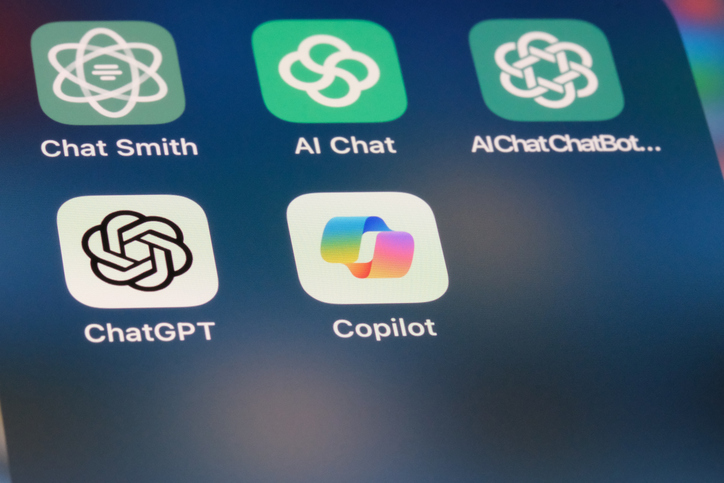The Future of ChatGPT: Will Paying Change Who Has Access?
Artificial intelligence has changed the way we work, create, and learn. Tools like ChatGPT have democratized access to knowledge, offering conversational AI to millions of users around the world. But as OpenAI navigates growth and profitability, the question arises: will ChatGPT remain freely accessible, or will a subscription model limit who can use it?
Fidji Simo, OpenAI’s newly appointed “CEO of Applications,” has made it clear that part of her mandate is to make ChatGPT profitable. (wired.com) With experience scaling revenue at companies like Instacart, Simo brings a commercial lens to AI products, emphasizing monetization alongside user adoption. The move reflects a broader tension in the tech industry: balancing financial sustainability with accessibility.
Monetization and Its Ripple Effects
Charging for ChatGPT could provide OpenAI with stable revenue to fund further research, improve infrastructure, and scale capabilities. Paid subscriptions can support advanced features, enterprise integrations, and faster response times—benefits that free tiers often struggle to maintain. From a financial perspective, this could solidify ChatGPT as a sustainable business rather than a lab experiment.
However, monetization introduces a trade-off. If access becomes contingent on payment, the tool could become more exclusive. Casual users, students, and communities in lower-income regions might face barriers. The democratic nature of AI could erode, shifting toward a landscape where only paying users can leverage cutting-edge technology. Competitors might fill the gap, but there’s a risk that AI will increasingly reflect wealth and privilege rather than universal accessibility.
Who Benefits—and Who Might Be Left Behind
Simo’s leadership suggests that OpenAI aims to expand ChatGPT’s enterprise appeal. Businesses willing to pay for premium features will gain advantages in automation, customer service, and data-driven insights. Meanwhile, the casual, free-access user could see limits on functionality. The AI ecosystem may bifurcate into a commercial, professional tier and a restricted, consumer-access tier.
This has implications for education, innovation, and social equity. If knowledge tools are gated by subscription, the very populations who could benefit most from AI assistance may be the ones most restricted. That tension underscores the challenge for technology leaders: growth and profitability are essential, but the societal impact of AI cannot be ignored.
A Forward-Looking Perspective
The path OpenAI chooses will set a precedent for the wider AI industry. A subscription-heavy model could catalyze competitors to develop alternative, free solutions, but it could also normalize exclusivity in AI services. For policymakers, educators, and business leaders, this is a moment to evaluate how AI is integrated into public and professional life.
Ultimately, if paying for ChatGPT becomes the norm, we may see a shift in how knowledge and creativity are accessed. The AI revolution, once seemingly open to everyone, risks becoming stratified, favoring those who can pay. The challenge for OpenAI—and the tech ecosystem—is to reconcile profitability with the promise of widespread accessibility.














